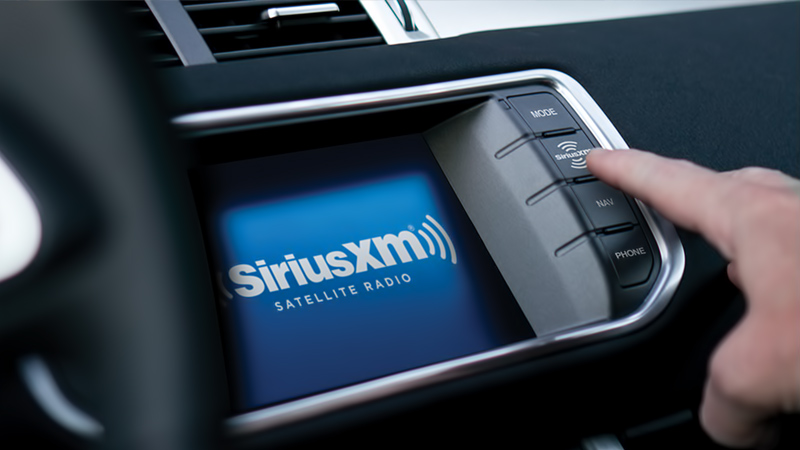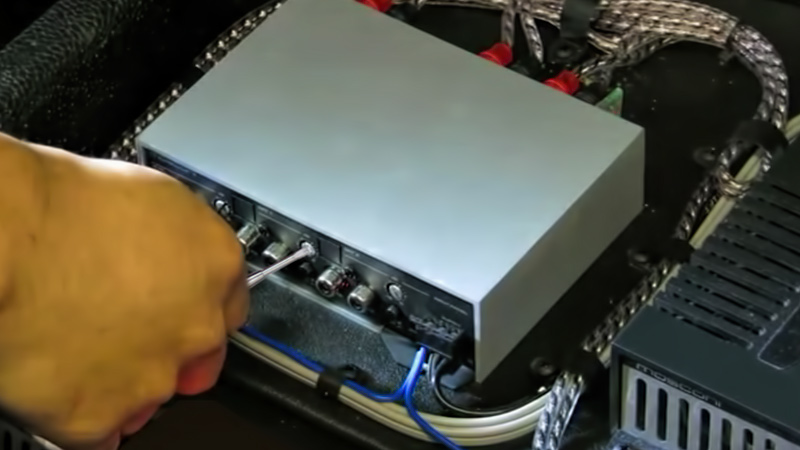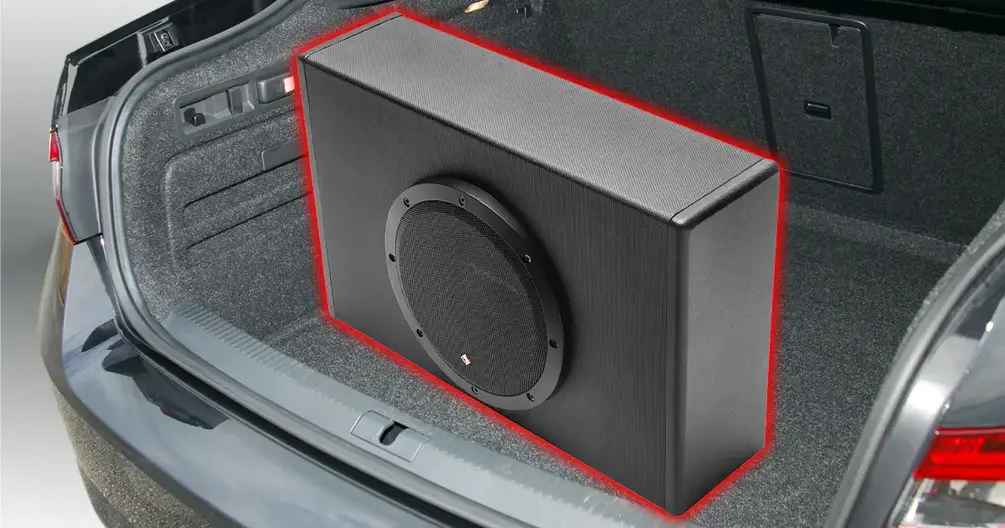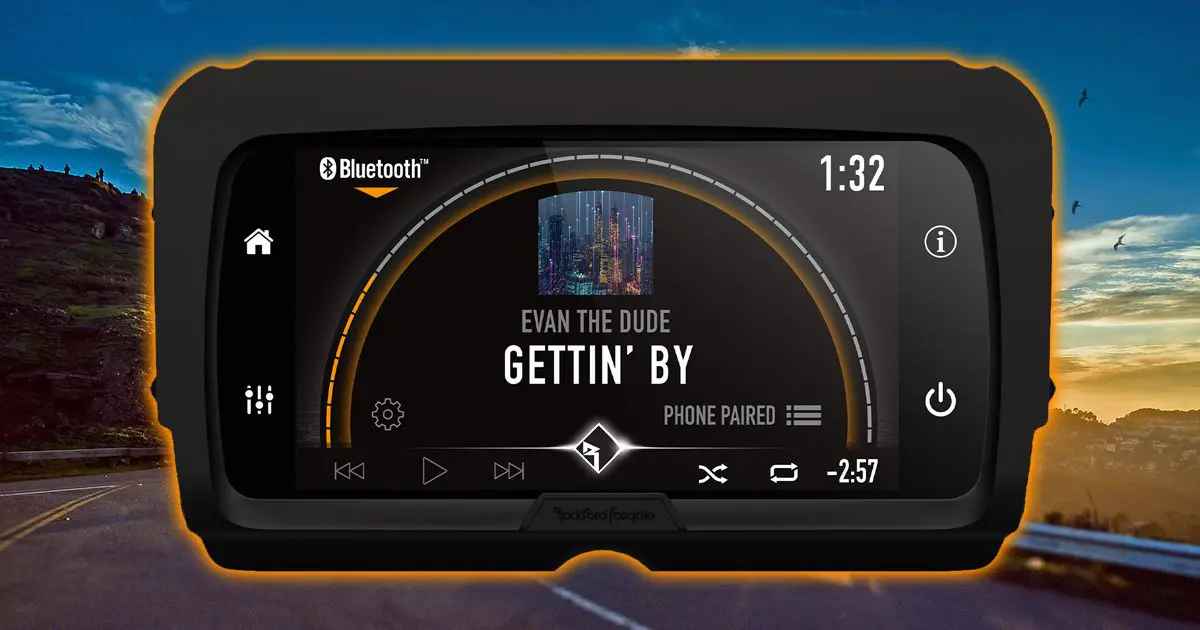
by Support Tech | Mar 3, 2024 | RESOURCE LIBRARY, ARTICLES, Car Audio, Satellite Radio
iPhone users are excited by the news that Tidal and SiriusXM are now part-compatible with Apple CarPlay. These subscription-based music services add to the extensive entertainment selections already available for control by using your voice. Let’s take a close look at...

by Support Tech | Feb 9, 2024 | ARTICLES, Car Audio, RESOURCE LIBRARY, Satellite Radio
It seems you can’t go anywhere these days without hearing or seeing evidence of SiriusXM Satellite Radio. Satellite radio is touted as a commercial-free entertainment solution that can be accessed almost anywhere in North America. With more than 175 channels of music,...

by Support Tech | Dec 17, 2023 | RESOURCE LIBRARY, ARTICLES, Car Audio, Integration
It may seem as if they should be similar processes, but installing a new source unit, amplifiers and speakers in a car is unlike installing most home audio systems. It is not as simple as plugging things in and hoping they work. Proper integration of your new...

by Support Tech | Nov 5, 2023 | ARTICLES, Car Audio, Integration, RESOURCE LIBRARY
Let’s face it: Accidents happen. Minimizing the collateral damage from an accident is important. When you have a mobile electronics system that includes installing an amplifier in your vehicle, a discussion about fuses or circuit protection should take place before...

by Support Tech | Oct 26, 2023 | RESOURCE LIBRARY, ARTICLES, Car Audio, PRODUCTS
Rockford Fosgate, a brand synonymous with Harley-Davidson amplifier, speaker and subwoofer upgrades, has just introduced its PMX-HD14 multimedia infotainment system. If you have a 2014 and newer Street Glide or Ultra, or 2015 and newer Road Glide, this might be the...

by Support Tech | Oct 24, 2023 | RESOURCE LIBRARY, ARTICLES, Car Audio, PRODUCTS
Rockford Fosgate, a brand synonymous with Harley-Davidson amplifier, speaker and subwoofer upgrades, has just introduced its PMX-HD14 multimedia infotainment system. If you have a 2014 and newer Street Glide or Ultra, or 2015 and newer Road Glide, this might be the...







